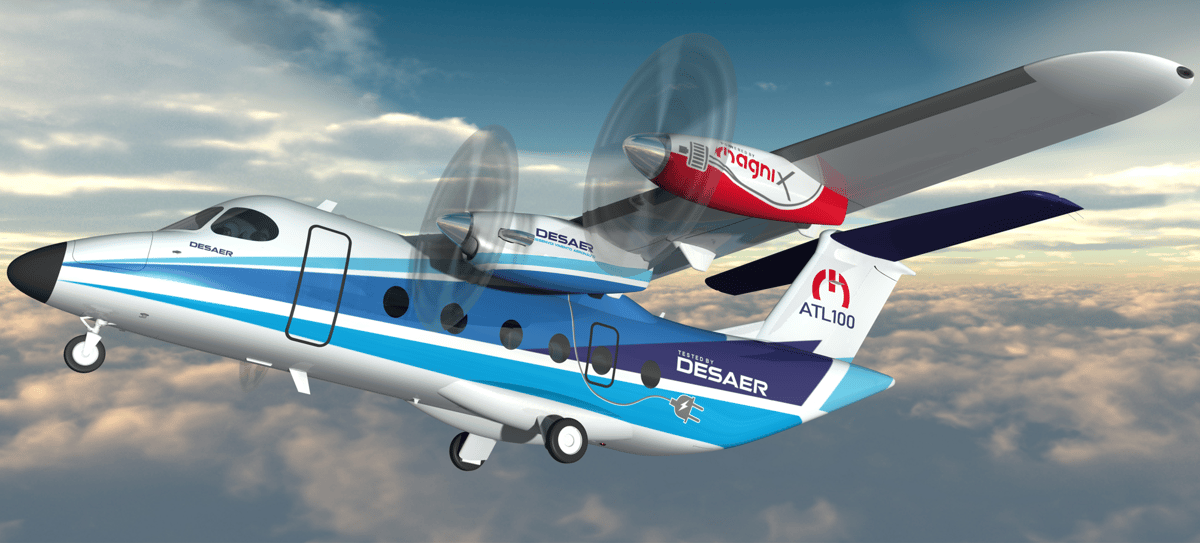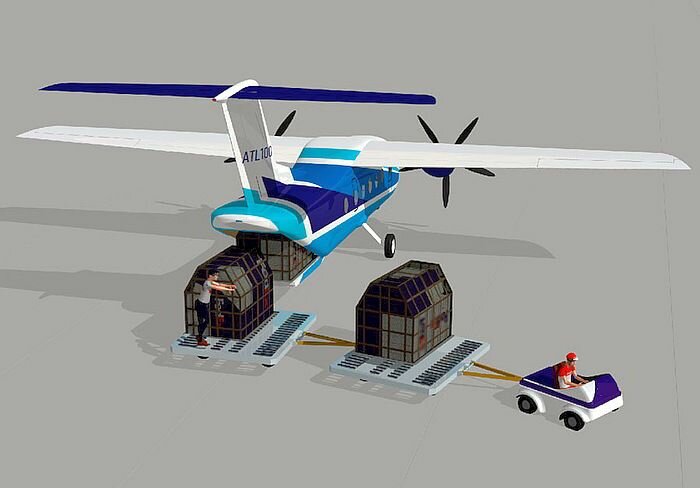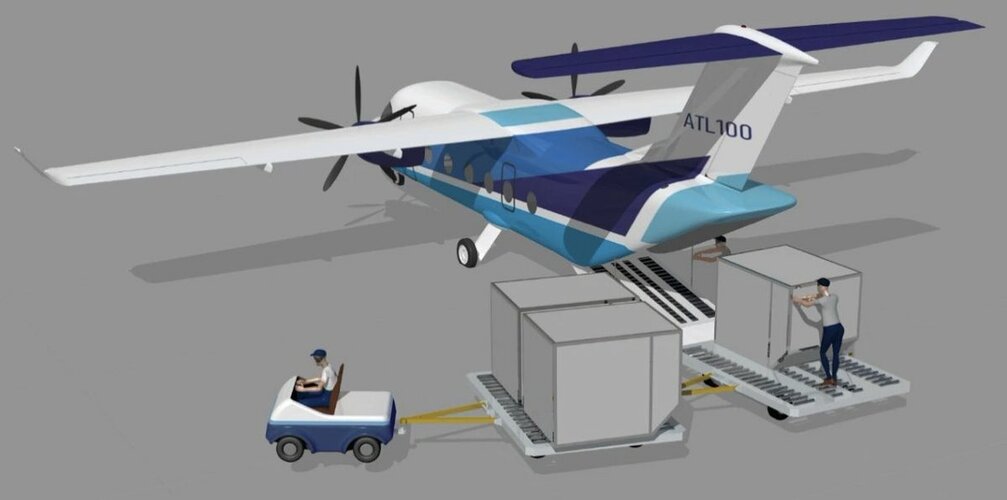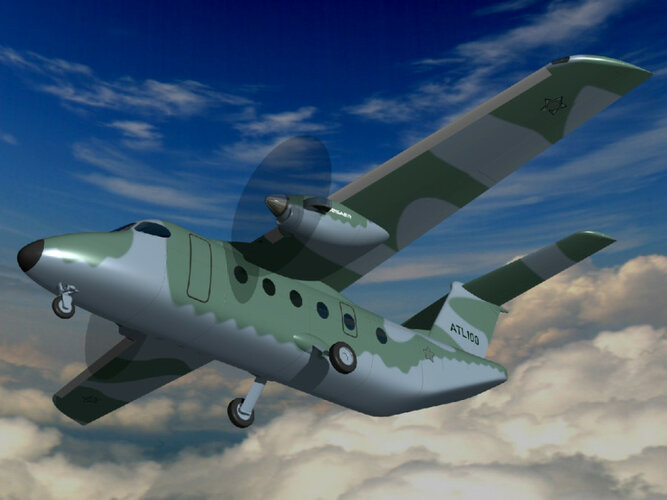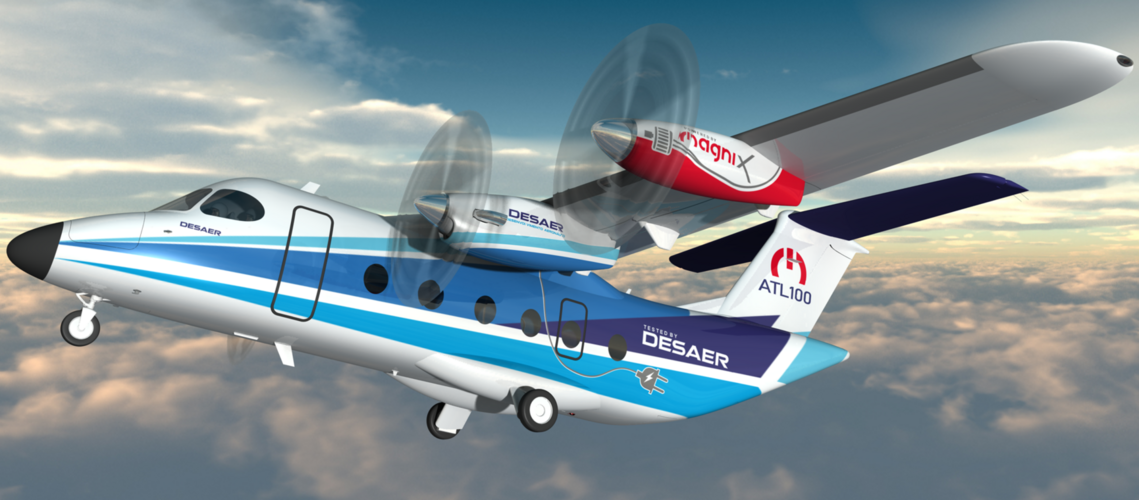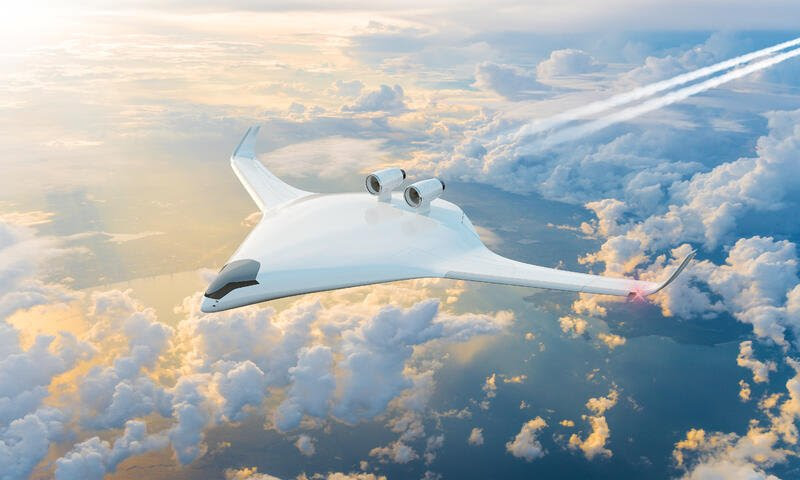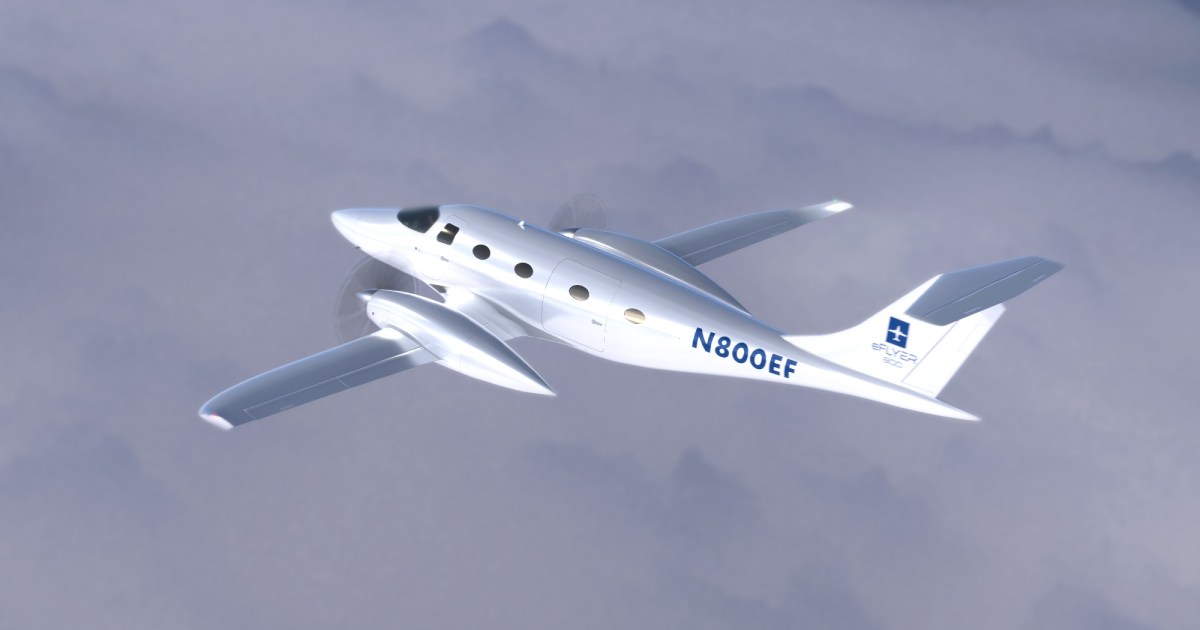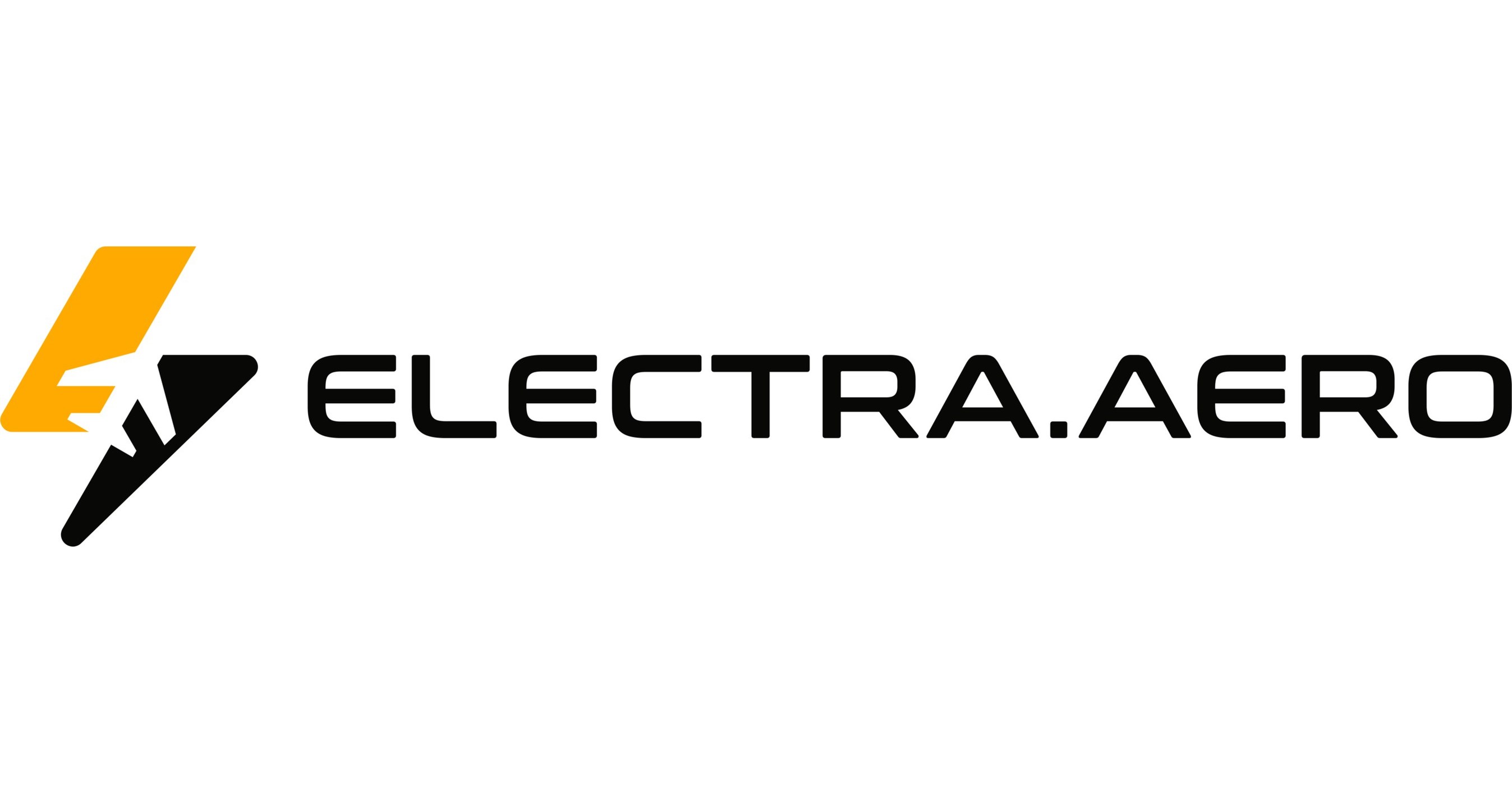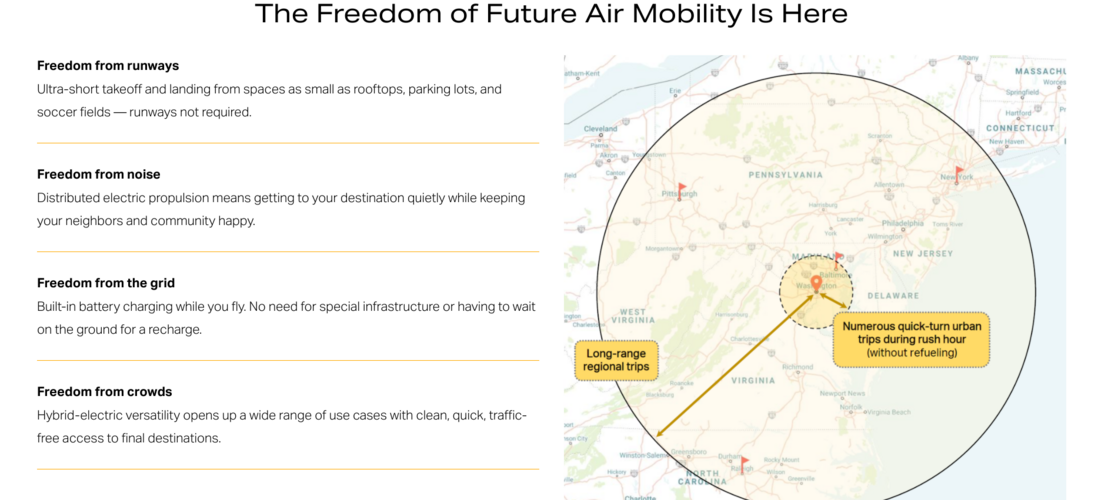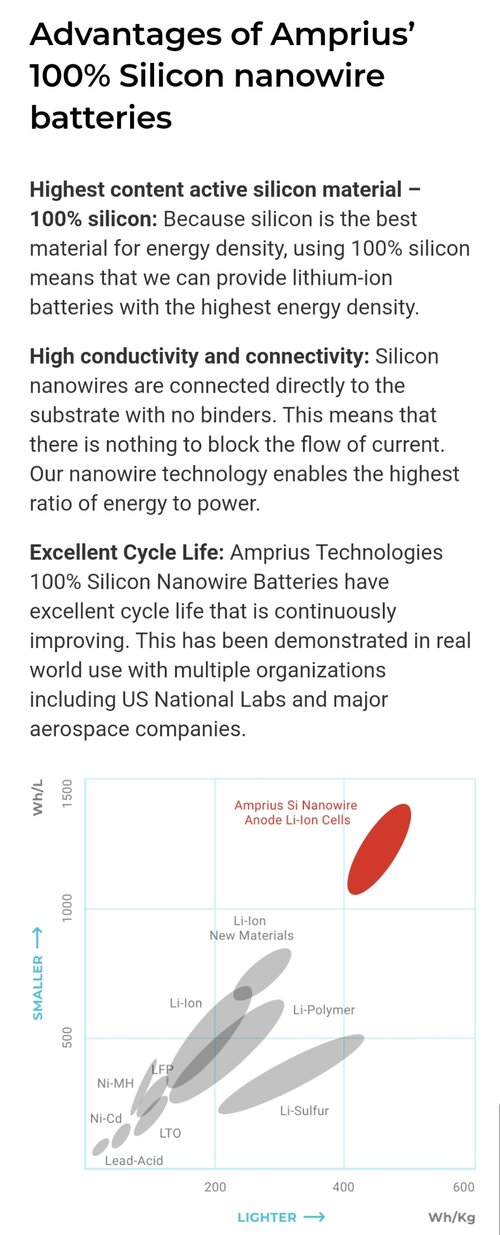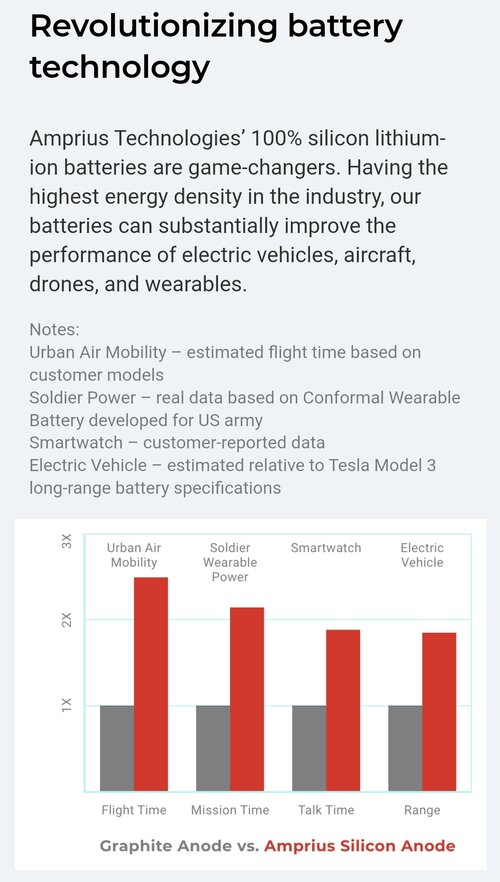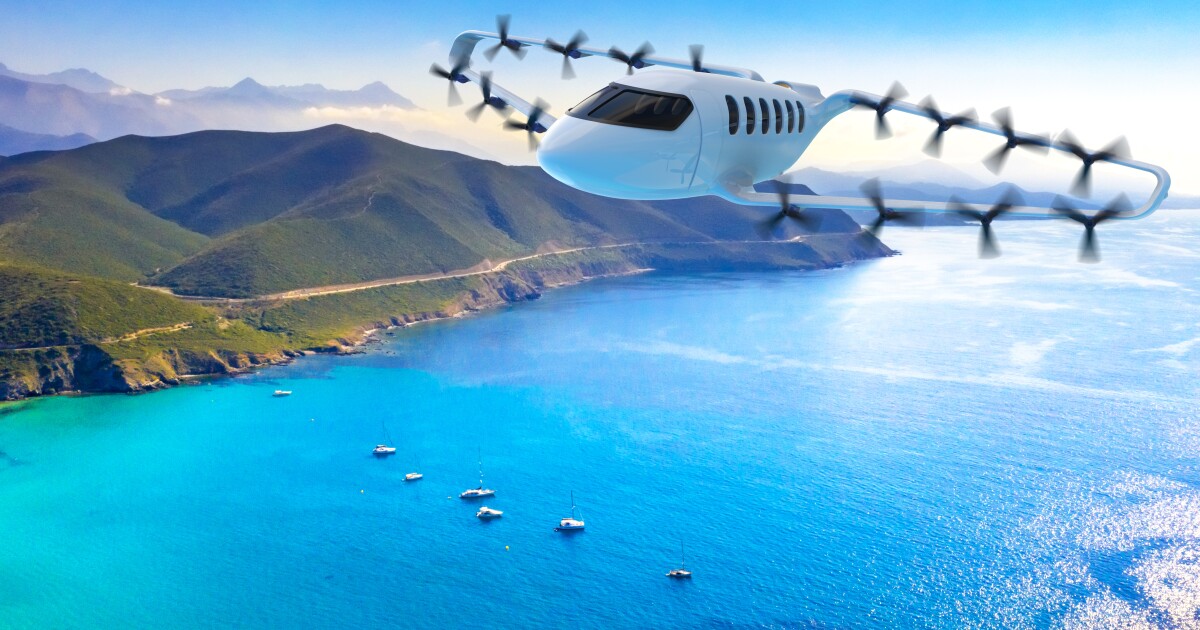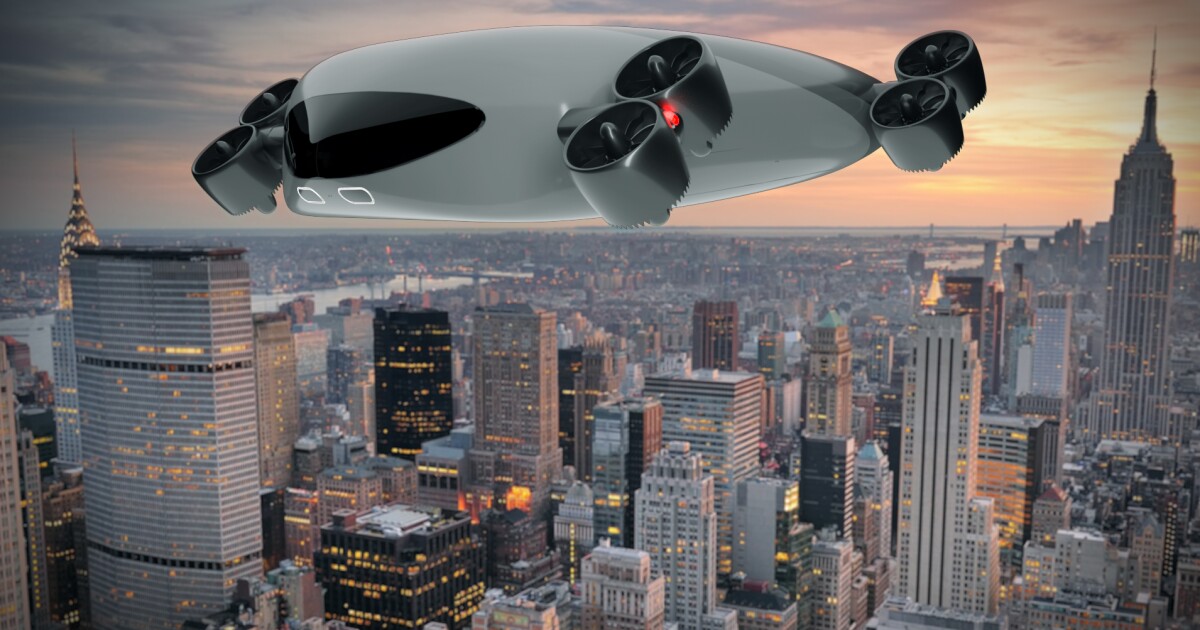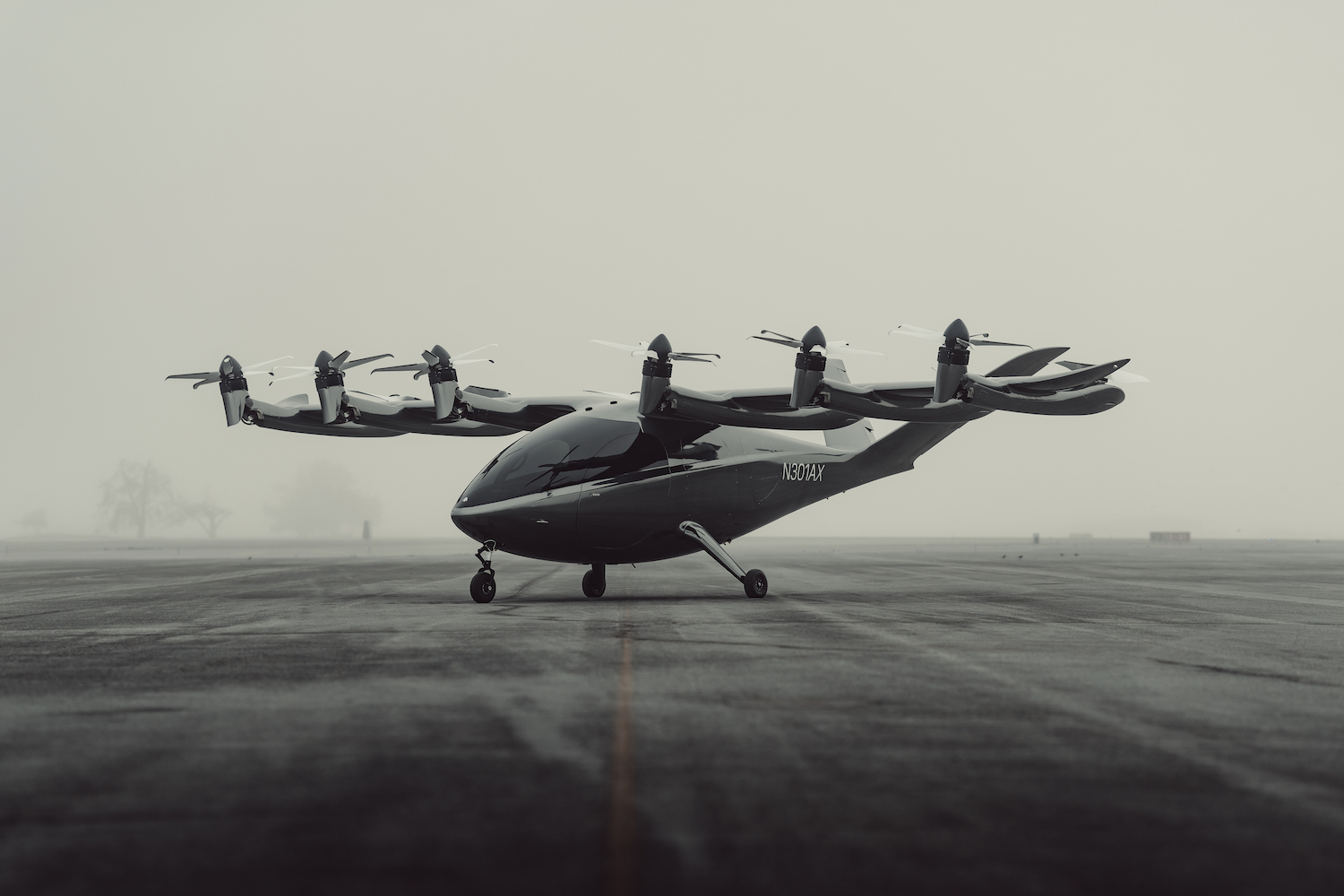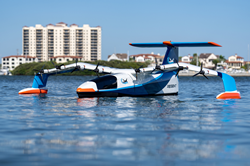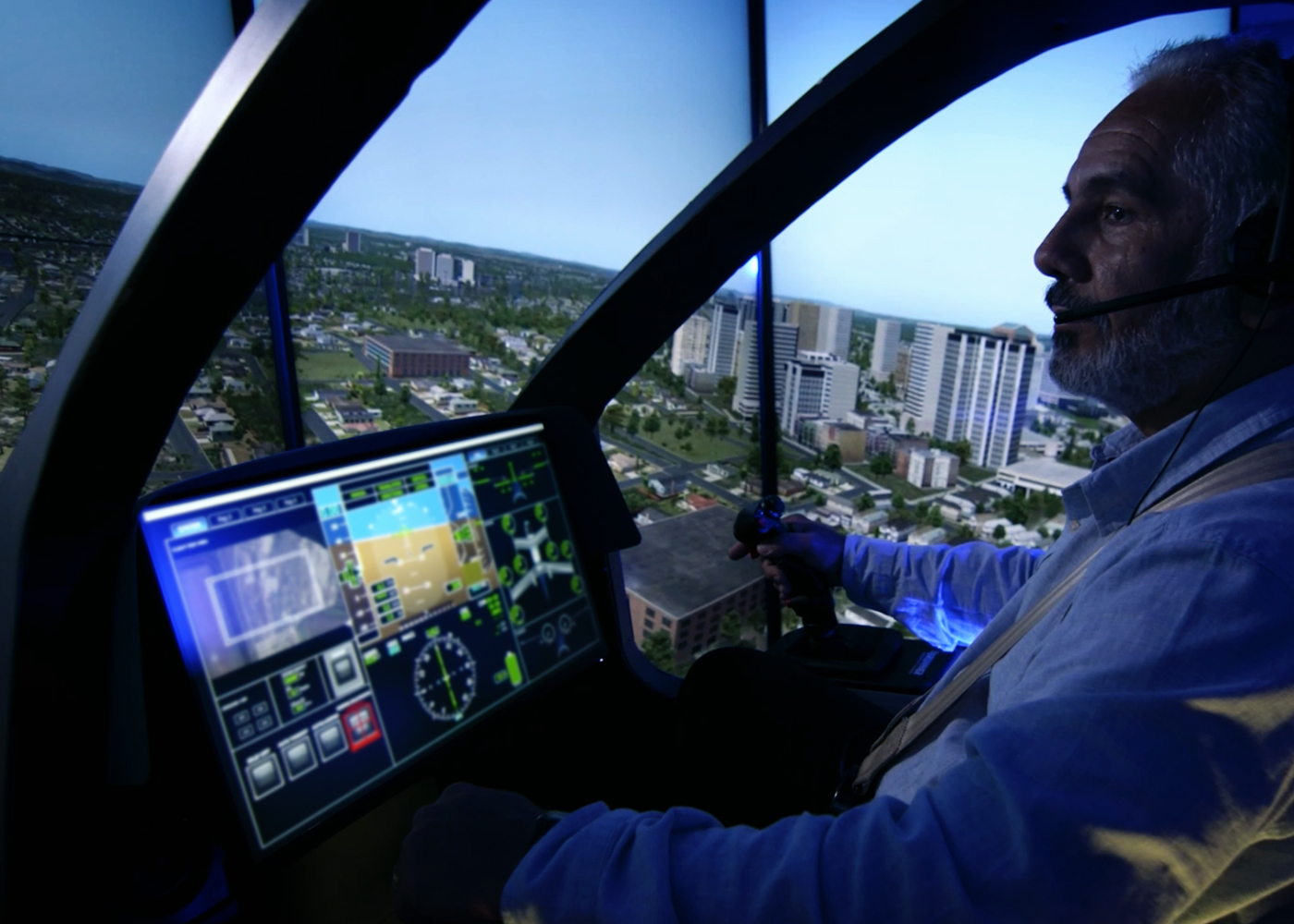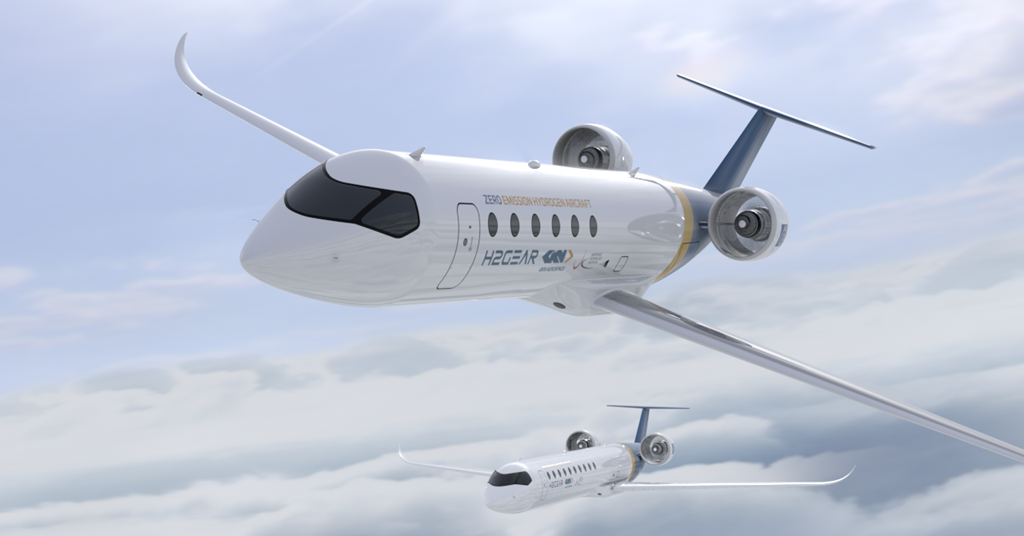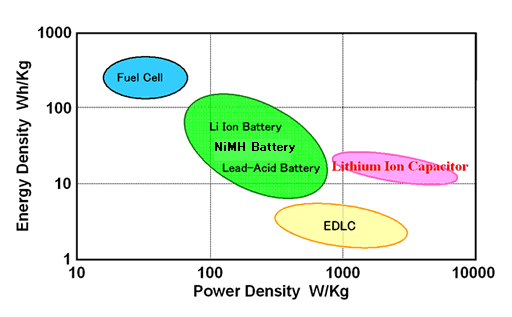Not sure if it qualifies as an airplane, but there is the Regent seaglider, an all electric WIG craft that was presented recently. According to the press release, they already have 334 on order.
/PRNewswire-PRWeb/ -- REGENT, the venture-backed aerospace and maritime company, unveiled a prototype of the company's all-electric seaglider for the first...

www.prweb.com
Related to that,

www.stuff.co.nz
2025 looks pretty optimistic, to put it mildly. Certification of an aircraft would take longer than that. However, supposedly...
Ocean Flyer had begun discussions with Maritime New Zealand which was likely to be the safety regulator for seagliders rather than the Civil Aviation Authority, he said.
Caveats: "begun discussions" doesn't mean much, the reporter has a good CV but his areas are business and technology (that is, gadgets, not aviation).
At first glance, ekranoplans would make a lot of sense in New Zealand - most of the population is in coastal cities and there's be a demand for fast, flexible, and frequent transport across the strait between the two major islands as well around the Auckland area.



